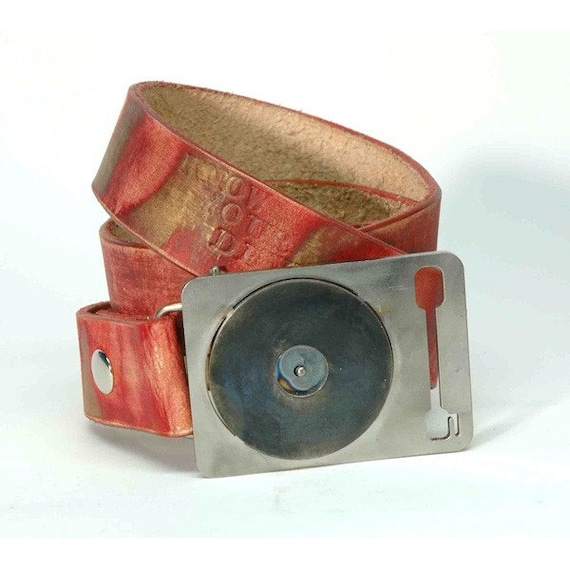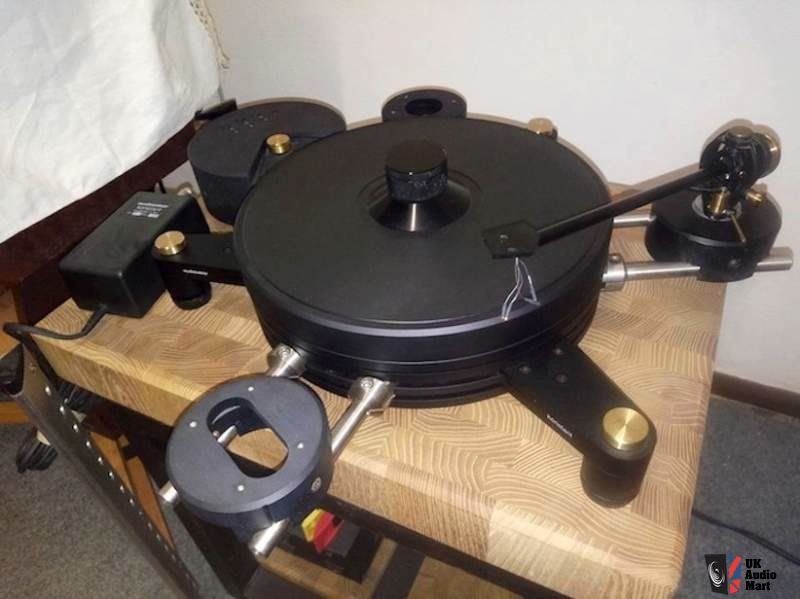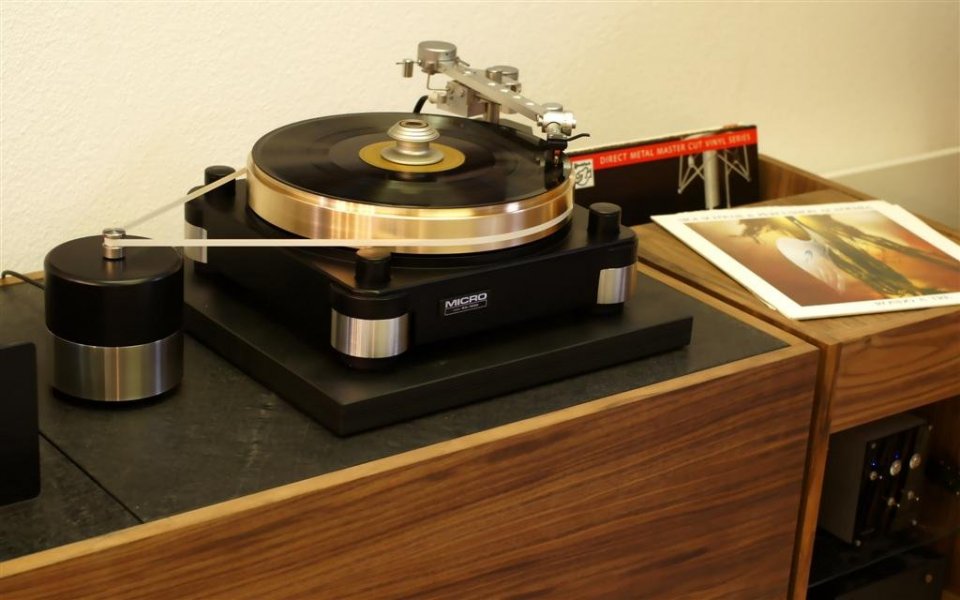Almost two years ago I tried for the first time an EPDM belt.
Back at that time I used to own a VPI Avenger Reference and I was tired with the Buna-M belts and their inconsistencies, not to mention the premature wear and cracking.
Back at this period I had tried some alternative materials and namely belts made of Polyurethane, Silicone, Neoprene, Viton to name just a few.
For an unknown to me reason the EPDM was clearly a winner in all aspects. The speed was more consistent and stable, while dynamics , bass and clarity were way better with this material.
On my effort to have the best possible made EPDM belt, I addressed the task to one of world’s leaders in polymer products. The task was to get calibrated EPDM belts with tight size tolerances across the whole length.
These belts offered (and are still offering) an outstanding service.
However until recently I wasn’t aware for the reason behind this positive experience, until the moment that accidentally read a study made by Parker one of the largest producers of o’ring in the world (
https://www.parker.com/portal/site/...7575e210VgnVCM10000048021dacRCRD&vgnextfmt=EN)
At this study Parker is comparing different polymer materials and their properties as drive belts.
At this study it is proved that EPDM is the superior polymer drive material due to the low dynamic stress relaxation combined with very good flex resistance , reliability, abrasion resistance and resistance to high temperatures.
In comparison Silicone and Hypalon demonstrated much higher dynamic stress relaxation (very unsuitable for driving a platter), in addition silicone proved to have very poor abrasion resistance .
Neoprene demonstrated a dynamic stress relaxation similar to the EPDM but is fell short when it came to the flex resistance.







